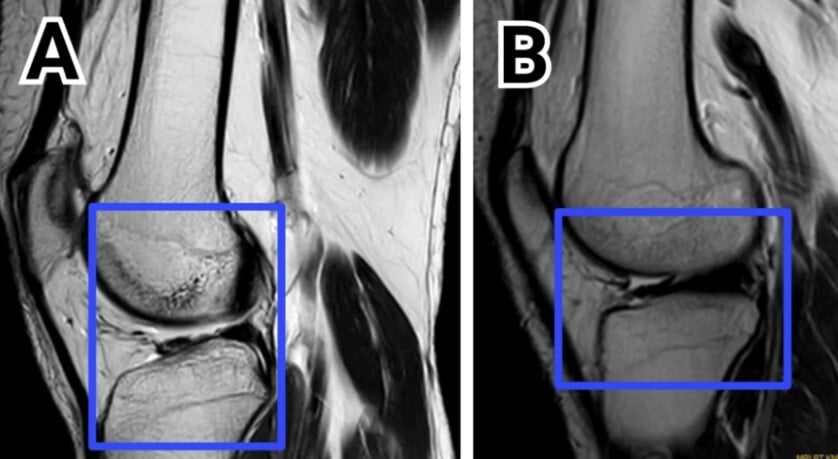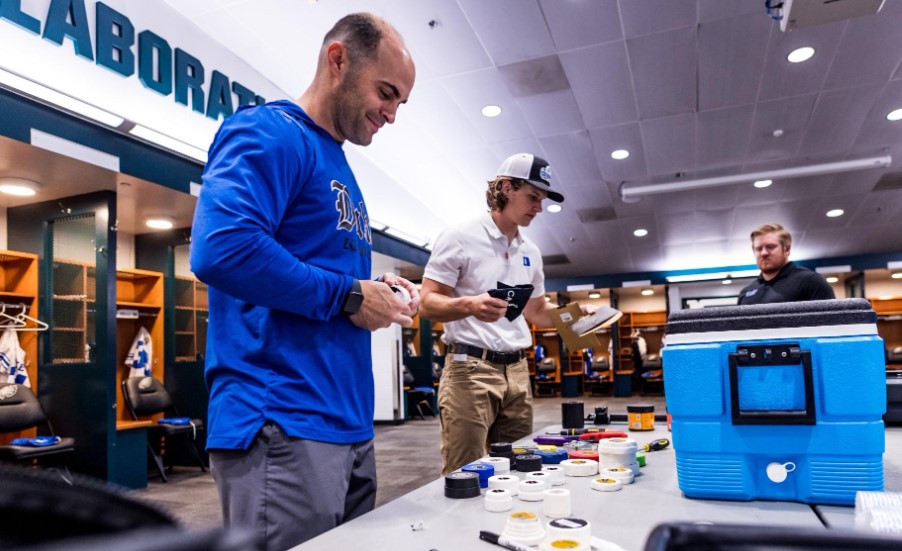Peroneus Longus Tendon: A Promising Graft Choice for ACL Reconstruction
 A recent study has shed light on the evolving landscape of graft choices for anterior cruciate ligament reconstruction (ACLR), highlighting the peroneus longus tendon (PLT) as a favorable alternative to the traditional hamstring tendon (HT) autograft.
A recent study has shed light on the evolving landscape of graft choices for anterior cruciate ligament reconstruction (ACLR), highlighting the peroneus longus tendon (PLT) as a favorable alternative to the traditional hamstring tendon (HT) autograft.
 The study, conducted with 232 patients, reveals significant findings regarding the efficacy of PLT in ACLR, particularly in terms of return to sports and functional recovery.
The study, conducted with 232 patients, reveals significant findings regarding the efficacy of PLT in ACLR, particularly in terms of return to sports and functional recovery.
Study Overview
The study, which followed patients for 24 months postoperatively, compared the use of doubled PLT autograft against quadrupled HT autograft in ACLR. Key parameters such as graft diameter, graft harvesting time, donor-site morbidity, and time to return to sports were meticulously evaluated.
Significant Findings
The PLT autograft presented several advantages:
- Larger Graft Diameter and Shorter Harvesting Time: The PLT autograft was significantly larger in diameter and took less time to harvest compared to the HT autograft.
- Earlier Return to Sports: Patients in the PLT group returned to sports on average 34 days earlier than those in the HT group.
- Lower Donor-Site Morbidity: The PLT group exhibited a lower rate of donor-site morbidity, with better patient-reported outcomes at the knee at 6 months postoperatively.
Despite these differences, both groups showed no significant disparity in graft rupture rates or in International Knee Documentation Committee (IKDC) and Tegner-Lysholm scores at the 24-month follow-up.
Clinical Relevance
The findings of this study hold significant clinical relevance, particularly for athletes and active individuals. The PLT autograft offers a promising alternative for ACLR, given its comparable functional outcomes to the HT autograft, and additional benefits like earlier return to sports and reduced donor-site morbidity.
Background and Evolution Anterior cruciate ligament injury is a common orthopedic injury, with an increasing number of ACLR procedures globally, especially among younger populations.
Anterior cruciate ligament injury is a common orthopedic injury, with an increasing number of ACLR procedures globally, especially among younger populations.
While bone-patellar tendon-bone, HT, and quadriceps tendons have been traditional choices, their use often results in donor-site morbidities.
The PLT, first described as a graft option in 2008, has emerged as a suitable alternative due to its tensile strength and minimal donor-site impact.
Study Implications
This study highlights the potential of PLT as a graft choice for ACLR. It offers reduced operative time, and its properties align well with the needs of patients prioritizing knee stability and strength.
The research indicates that PLT autograft may not only improve clinical outcomes but also facilitate an earlier return to sports, a crucial factor for athletes.
Future Directions
While the study's results are promising, further research with larger cohorts and longer follow-up periods is needed to confirm these findings and expand on the applicability of PLT in ACLR.
The study paves the way for a deeper understanding of ACLR graft options and their implications for patient recovery and quality of life.
Read the full text and see diagrams/tables in the study!
![HR Logo [Recovered]_Full Color Vertical-1](https://blog.healthyroster.com/hs-fs/hubfs/HR%20Logo%20%5BRecovered%5D_Full%20Color%20Vertical-1.png?width=199&height=178&name=HR%20Logo%20%5BRecovered%5D_Full%20Color%20Vertical-1.png)
 By
By


